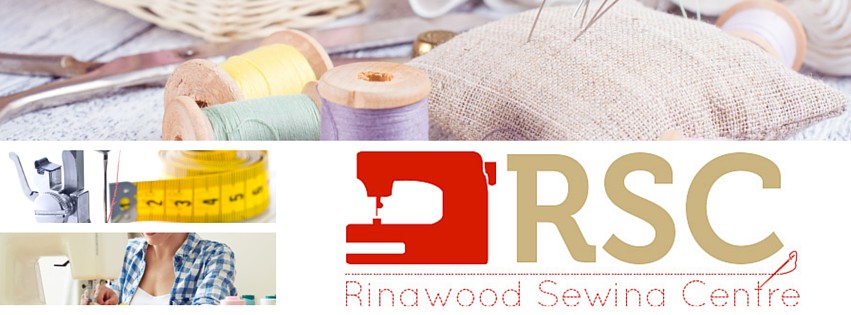Do you enjoy quilting but are disappointed by the uneven stitch length you get?
This is a predictable dilemma, caused by the fact that you are often moving the quilt under the stitching foot by hand and may be moving faster and slower at times.
The feed dogs normally ensure smooth progression of your work through the machine, producing uniform length stitches. When you disengage the feed dogs to free motion quilt, it is now up to you to move the fabric through the machine. The evenness and consistency of your stitches depends on how you move the fabric/quilt under the foot.
Moving slowly will produce small stitches, fast movements will result in long stitches , both of which can detract from the overall effect of your quilting.
Here is an example of free motion quilting on one of our sit down long arms with the stitch regulation disengaged- yes you can turn it off if you want to! Notice the varying size of the stitches.
I then turned the stitch regulation on and kept going exactally the same way and you can see how the machine keeps the stitches even no matter how inconsistently I move the fabric
The development of stitch regulation has made it possible to eliminate this problem. This wonderful feature is where the machine has been designed to adjust its stitching to allow for varying speed of the fabric movement and maintain uniform stitch size and quality. This is made possible by the use of built in sensors that detect the speed the fabric is being moved over the stitch plate and adjusts the machine's stitching to maintain consistency. This work both for those who want to stitch slowly and carefully and those who want to go flat out.
This feature is available to all quilters as it can be found on some of Bernina's domestic machines, as well as all of our Bernina and Handiquilter sit down long arm machines and frame long arm machines.
Come in and see the difference stitch regulation can make to your quilting, you will love it!
Here is another example of the improvement to your stitches using stitch regulation. I switched the feature off on our frame mounted Bernina Q24 and did some quilting,
As you can easily see, quite irregularly sized stitches.
Then I switched the stitch regulator back on and got perfectly even results ,quilting in exactally the same way, as you can see in the photo below. So easy and such great results!
Please feel free to drop in anytime to check this out, we will also be running demonstrations soon featuring this so check our website for details.
Keep practicing, Pam











